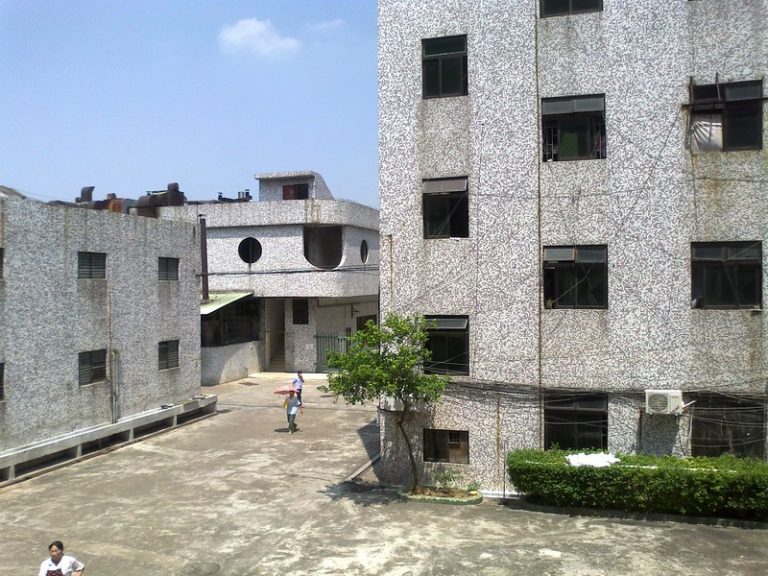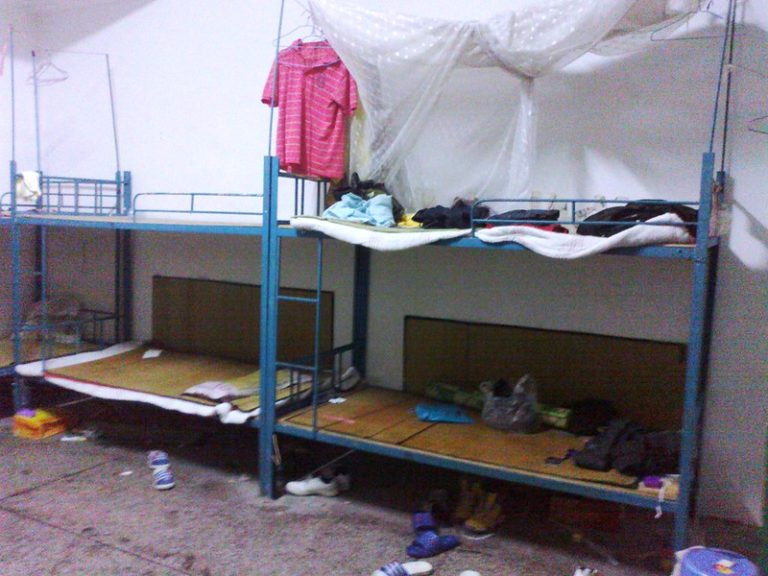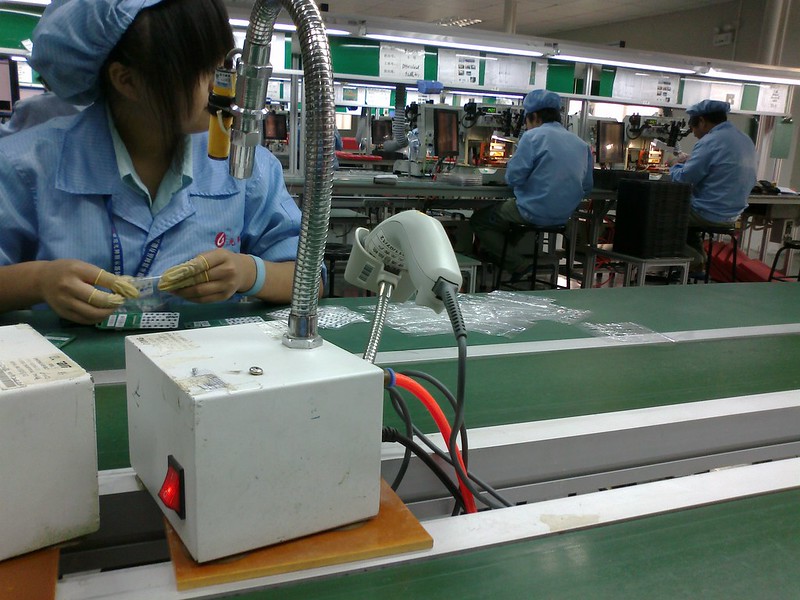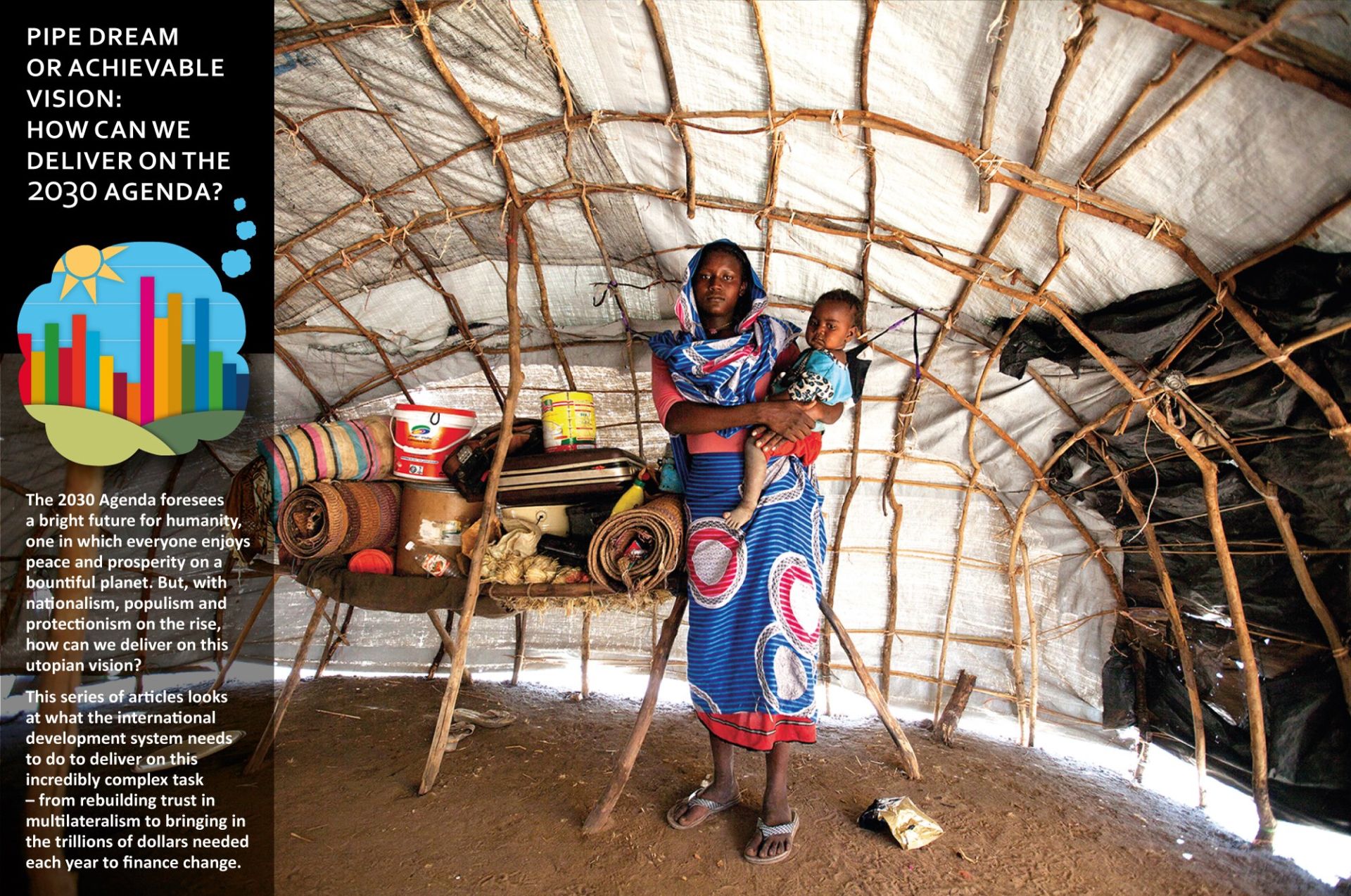Human trafficking, which represents the recruitment, transport, receipt, and harboring of people for the purpose of exploiting their labor, affects almost all parts of the world. Globally, it is estimated that there are over 40 million men, women, and children in situations of modern day slavery today, with about half in Asia alone. These victims, who can be found in factories, construction sites, fisheries, and sex venues, are forced to work for little or no pay, deprived of their freedom, and often subjected to unimaginable suffering.
While most people think that human trafficking focuses primarily on women and girls forced into the sex industry, this represents only about 25% of the total cases. The remaining 75% fall under the category “forced labor.” Out of this figure, about 60% of victims are associated with manufacturing supply chains, which begin with a grower or producer and end with a finished product purchased by consumers in the retail market.

For over a decade, the international human trafficking community has not come close to meeting its full potential. While individual, small-scale success stories exist, many victims are never identified. For example, the 2019 Trafficking in Persons Report (TIP Report) was only able to account for 78,000 victims receiving assistance globally. During the same time period, there were less than 7,000 convictions. This means that less than 0.2% of the victims are identified and assisted each year. This number has remained unchanged for several years.
In fact, the UN has indicated that there are more slaves in the world today than at any other time in history.
Why are these numbers so low? According to the International Labor Organization (ILO), the profits generated from this illicit trade are estimated to exceed US$150 billion annually. But despite the size of the problem, annual global donor contributions add up to only around US$350 million, which represents approximately 1% of total profits generated by the criminals. With this in mind, it is not surprising that the number of trafficked persons continues to increase. In fact, the UN has indicated that there are more slaves in the world today than at any other time in history.
For the world to really make a difference in addressing this problem, the private sector must become a player in this fight. Why should the business world care about this? First, most forced labor cases have some direct or indirect link with the private sector. Unlike the United Nations and other civil society organizations, the private sector knows how to root out bad businesses and already has the necessary skills and capabilities to tackle the problem, e.g. legal, compliance, accounting, communications, and financial expertise. Second, labor trafficking often under-cuts the price of legitimate businesses, offering an unfair advantage to those involved. Third, when human trafficking conditions are found in a given business sector, it can result in an entire industry receiving a “bad name.” This trend is emerging in the electronics, garment, chocolate, and seafood sectors. Fourth, this topic is becoming a growing public concern (similar to environmental issues), with more and more consumers asking questions about whether the products they buy are “slave free.” Fifth, with new legislation out of North America and Europe, it will be expected that most CSR declarations address this topic. Finally, and most importantly, slave-like conditions have been and will always be incompatible with good business.
Related Articles: Fighting Modern Slavery. Interview with Elise Groulx | Human Rights, Technology and Partnerships |Unpicking Modern Slavery From Fashion Supply Chains
What can retail and manufacturing companies do to play a role in addressing the problem? First, they can look at their business to determine if there are any risk factors. Based on this risk, companies can take specific measures to maintain a slave-free supply chain, including:
- Conducting investigative audits that illuminate the real conditions faced by workers throughout the continuum of the supply chain. Then describing them in qualitative and quantitative degrees to top-level corporate decision-makers
- Conducting action-oriented training for staff in global corporations and their suppliers with the goal of expanding awareness and reducing the negative impacts of global sourcing
- Consulting at points of maximum leverage on how to implement effective human rights protections within global businesses
- Facilitating multi-stakeholder initiatives that join private sector business, workers, labour, civil society, and governments to focus on both strategic and practical levels with the goal of achieving positive social change.

In addition to these internal actions, companies can also ask themselves the basic question — “What if this was our problem — how would we go about addressing it?” Every corporation is encouraged to explore ways of using their skills, expertise, and comparative advantage to be part of the solution. For example, a law firm could come up with legal remedies. A communications corporation could come up with technology and IT solutions. And these contributions would help with the development of new, innovative approaches.








